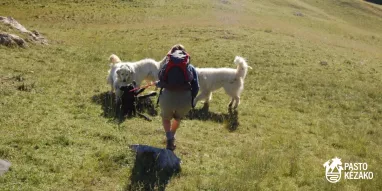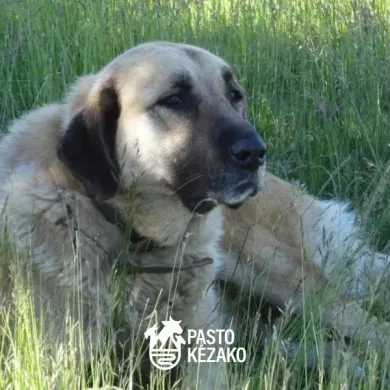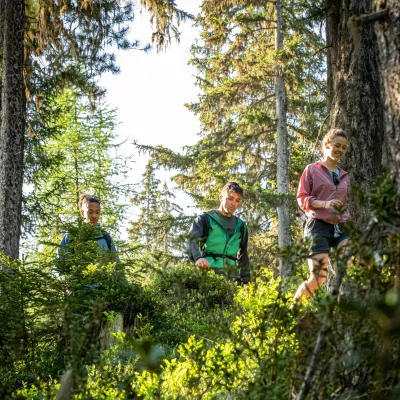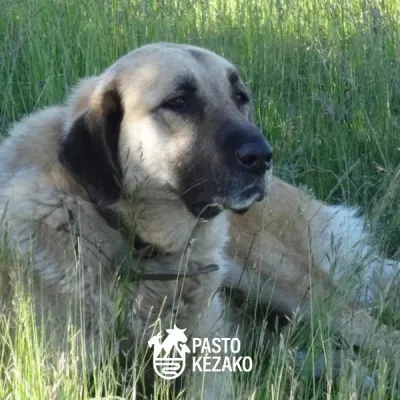What is a guard dog?
Today, guard dogs are the most effective means of protecting herds from predators such as wolves and lynxes, which cause several thousand losses every year in France, with serious consequences for farmers.
How to recognize them?
Protection dogs are very different from companion dogs.
They are born and bred within the herd, to which they become attached and which they naturally learn to defend. For this reason, they cannot be kept on a leash or tied up. Nor do they obey orders, but act autonomously. There are various breeds of guard dog; in France, the most widespread are the Patou and the Kangal (or Anatolian Shepherd).
The dog's primary role is deterrence, and it performs this effectively thanks to a number of tricks:
- Repeated loud barking, until he deems you no longer represent a danger to his herd.
- Arrive quickly to get a better look at you (guard dogs have poor eyesight and need to get very close to observe you).
- Position yourself between you and the animals he's protecting.
- Pay close attention, using his sense of smell and sight to analyze your behavior, without trying to attack you.
They may even follow you to make sure you don't return to the herd.
⚠️ They often operate in groups: remain vigilant when approaching a herd.

How to avoid them?
Before you go out, check for the presence of guard dogs on your itinerary.
Map Patou lists the areas where guard dogs may be present. The dates indicated are provisional and updated regularly throughout the season. However, this information is provided for guidance only, and the herd may have been moved without this appearing on the map.
To consult the map, click here.
What to do in the event of an encounter
Depending on the ordeals he has had to face over the last few nights, a guard dog may become more or less sensitive. Be indulgent with him and let him do his job without stressing him further.
✅ To do:
- Stop or move forward slowly (but not directly towards the dog).
- Take your walking sticks in one hand and point them downwards
- Talk to the dog calmly to soothe it about your presence
- Walk around the herd
❌ Don't:
- Look the dog in the eye
- Make large gestures
- Turn your back on the dog or flee precipitately
- Attempt to pet the dog (or the animals it is protecting)
- Force your way through
🚲 If you're on a bike, get off as soon as possible and push forward on foot.

🐶 If your dog accompanies you:
Avoid taking your dog on a route where there is a herd, but if your dog is present, tie him on a leash and go around the herd as far as possible.
⚠️ Companion dog or wolf, the guard dog and his poor eyesight sometimes have trouble telling the difference!
If he moves forward to check, release your dog's leash so that they can establish a dominant-dominated relationship without attacking each other.
If you have an incident with a guard dog, you can report it by clicking on this link: https://framaforms.org/mon-experience-avec-les-chiens-de-protection-1558537249
Your details will be used to immediately alert pastoral and government services to prevent any recurrence.











